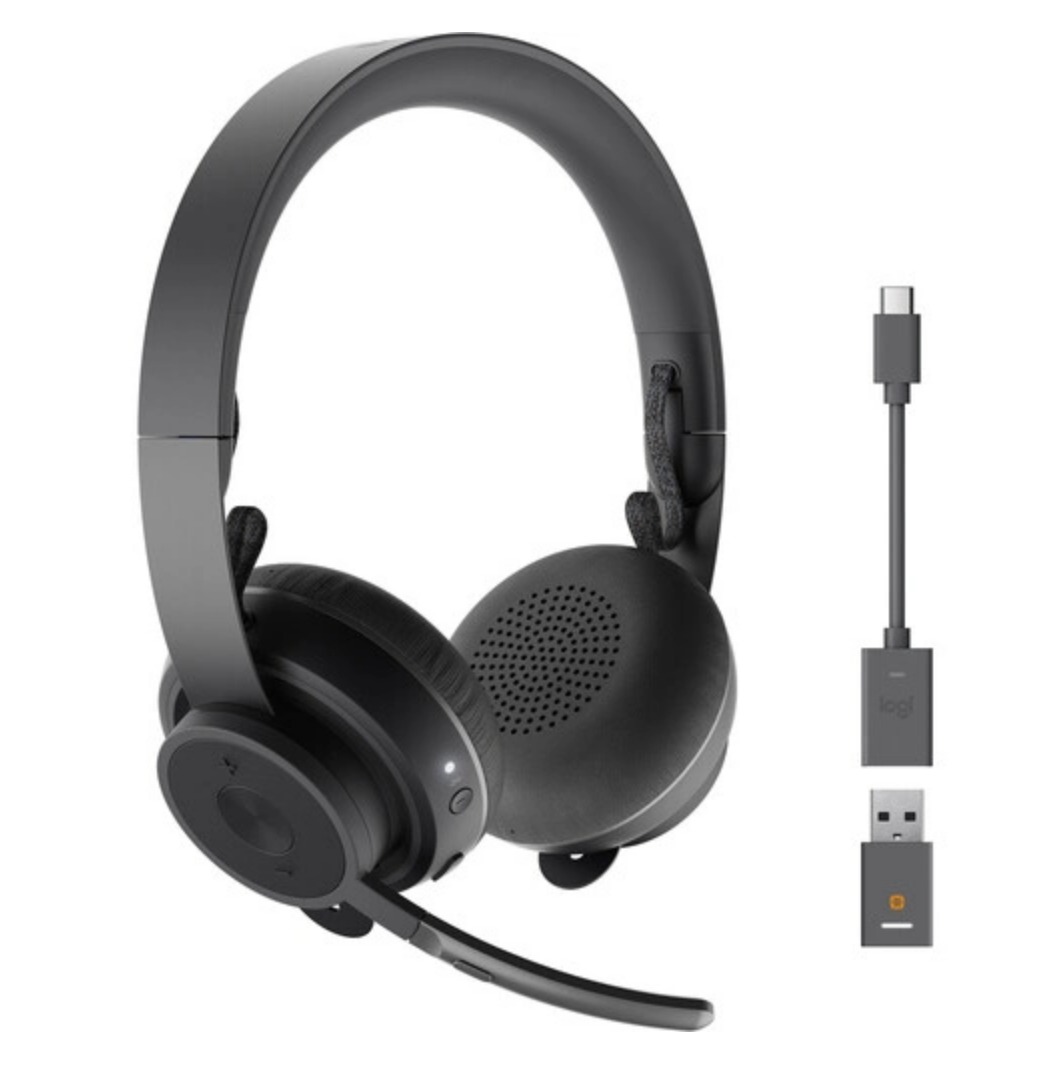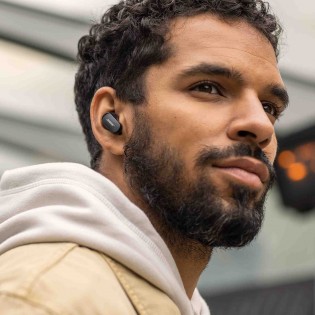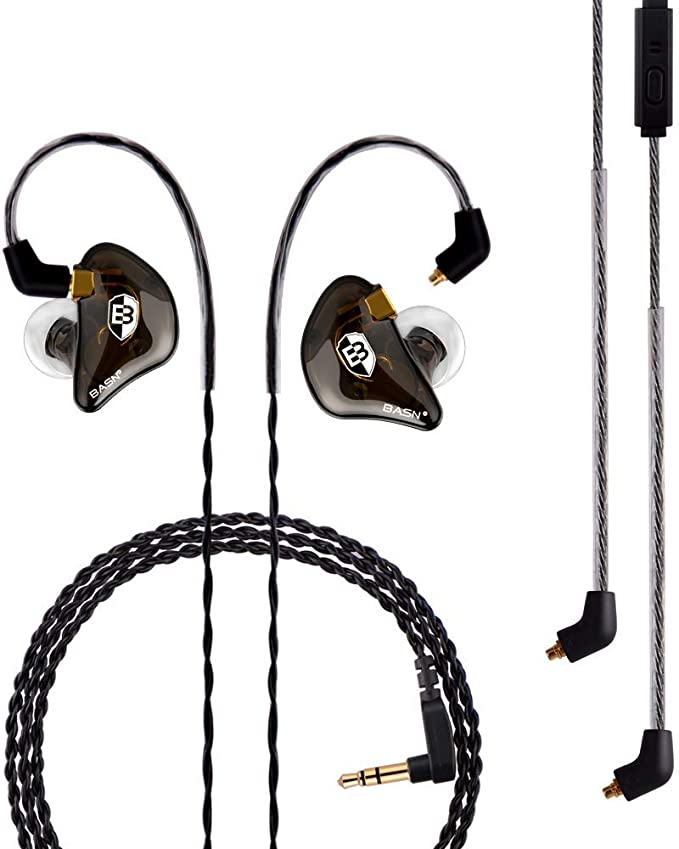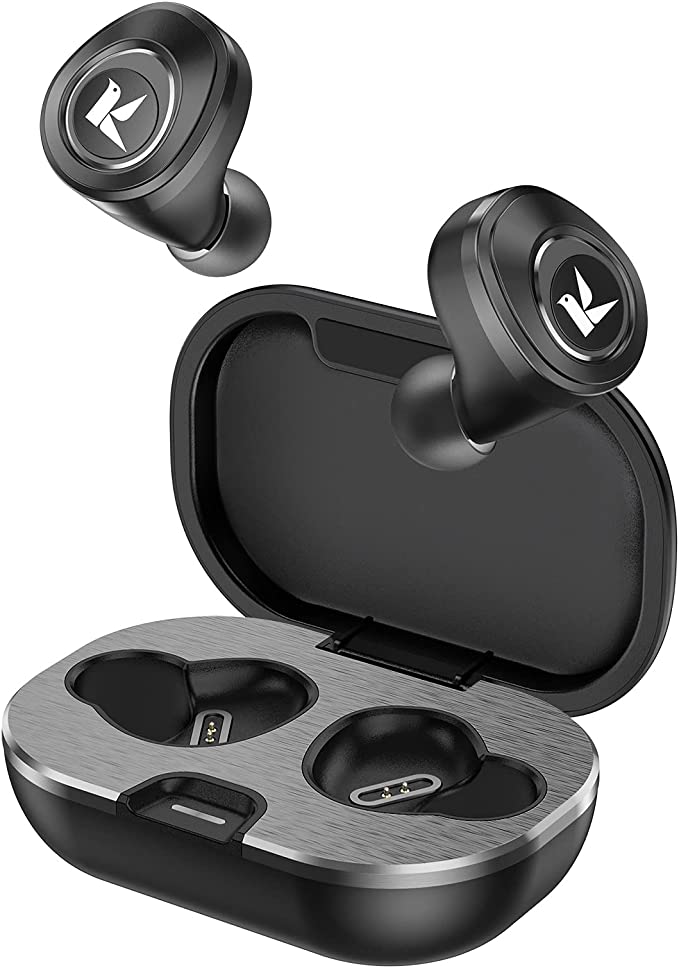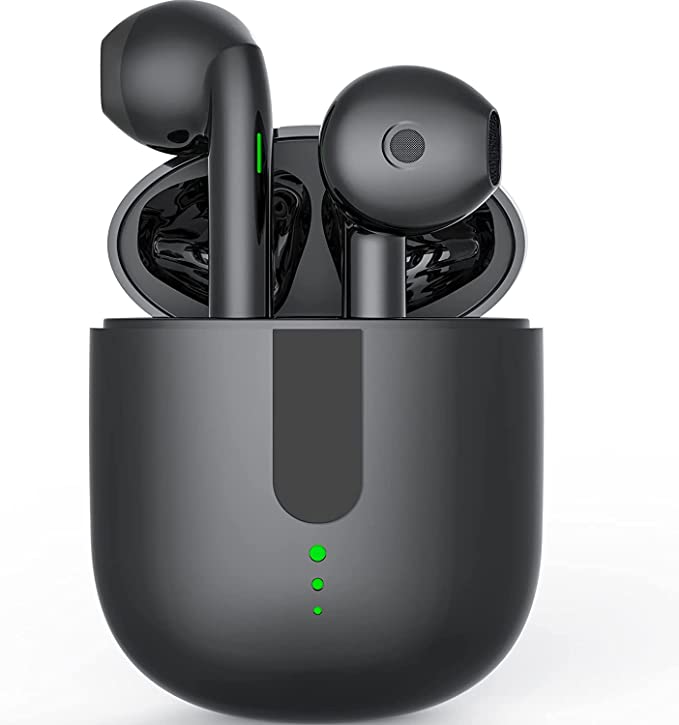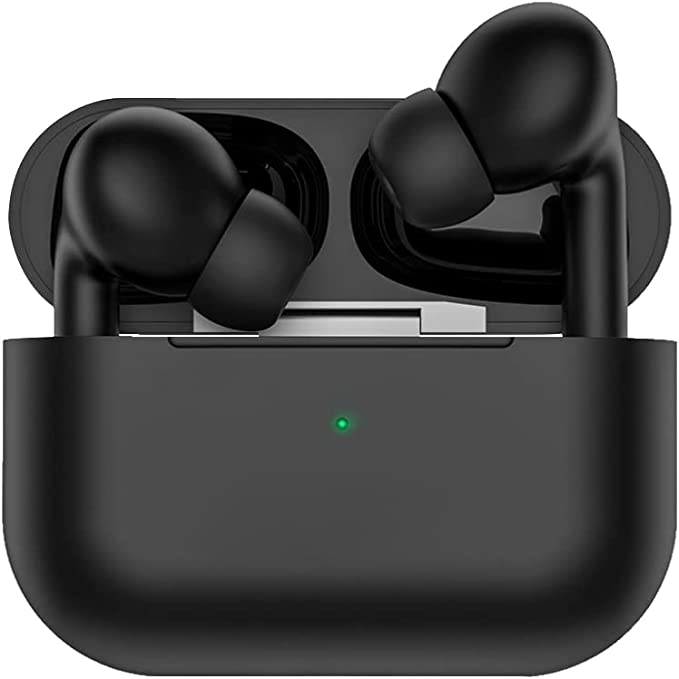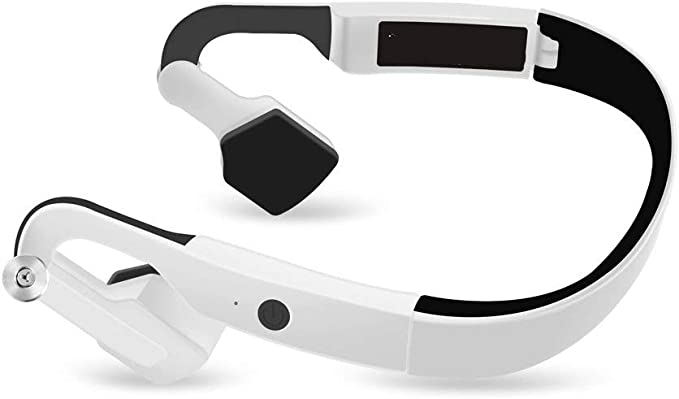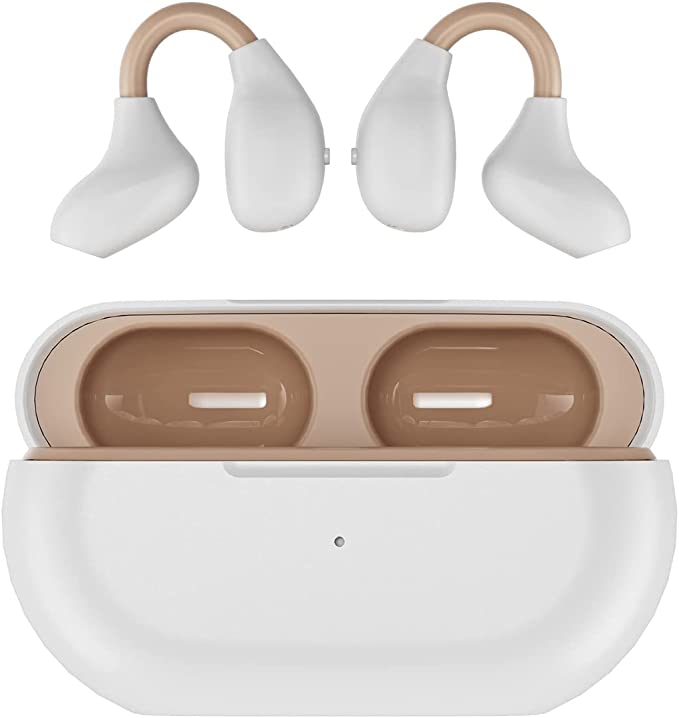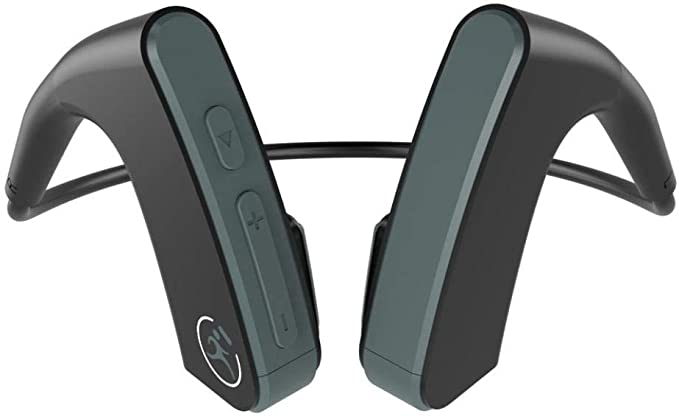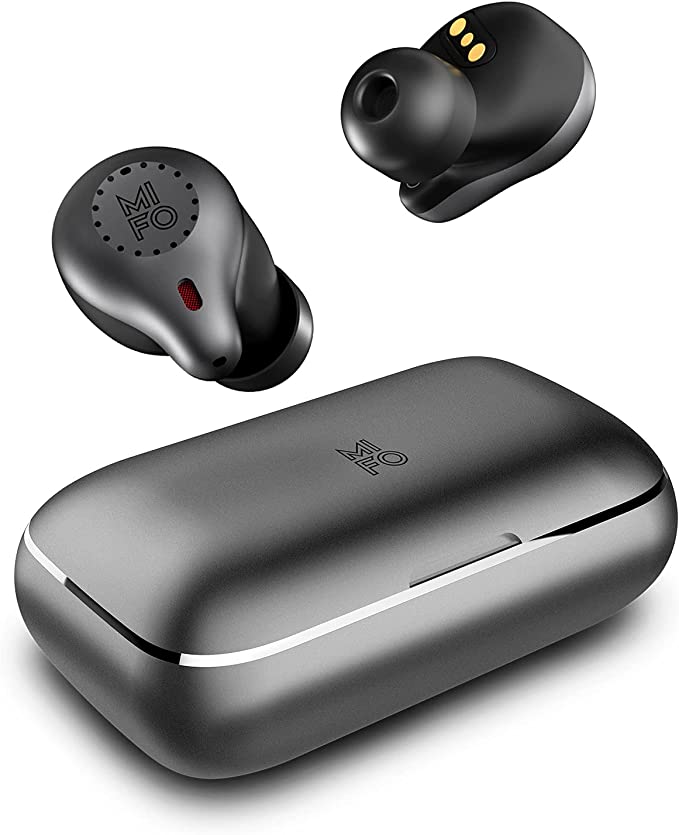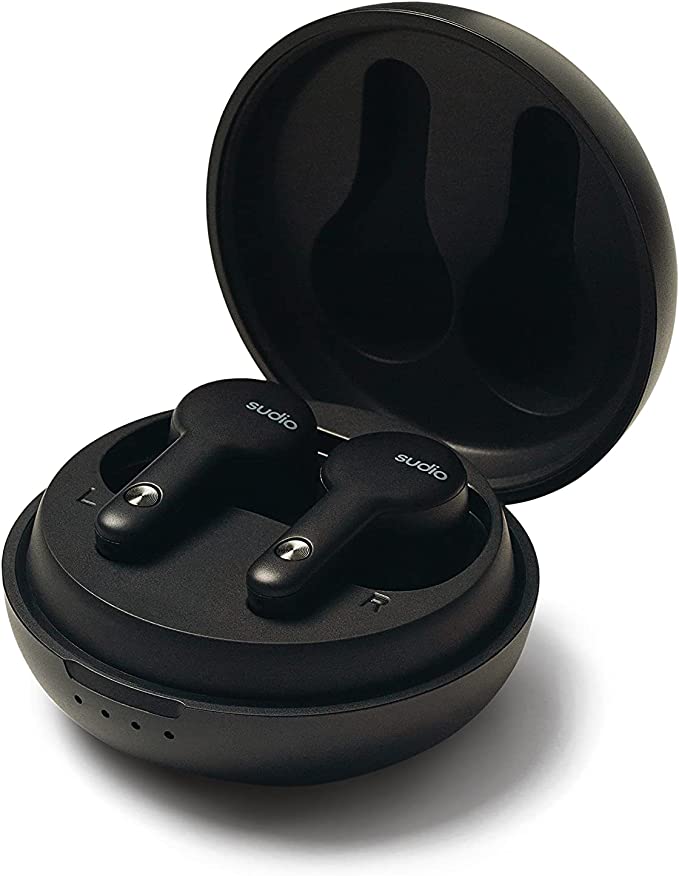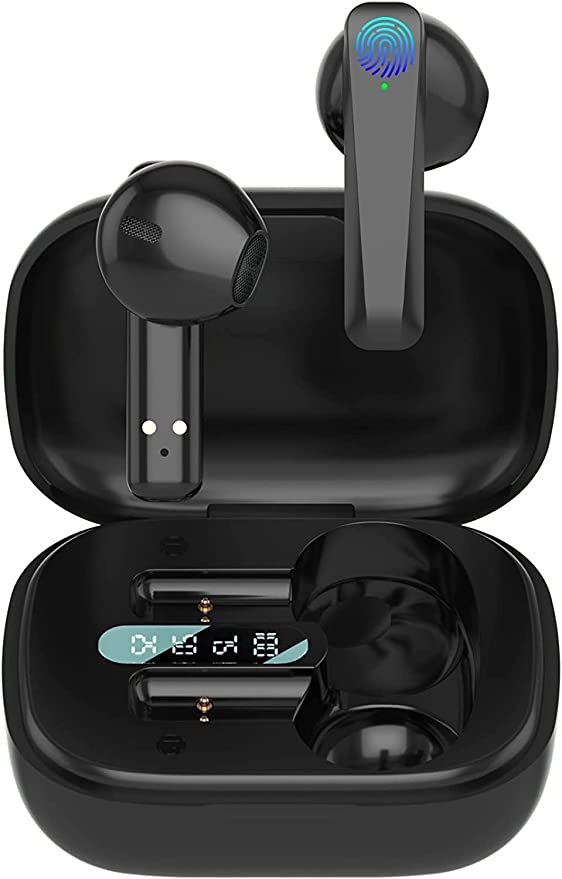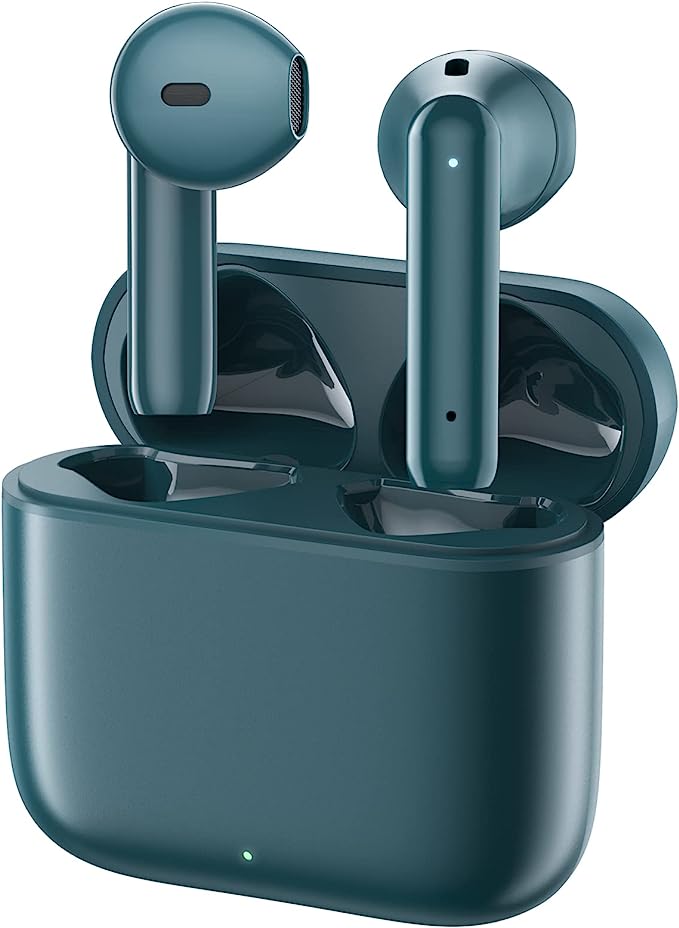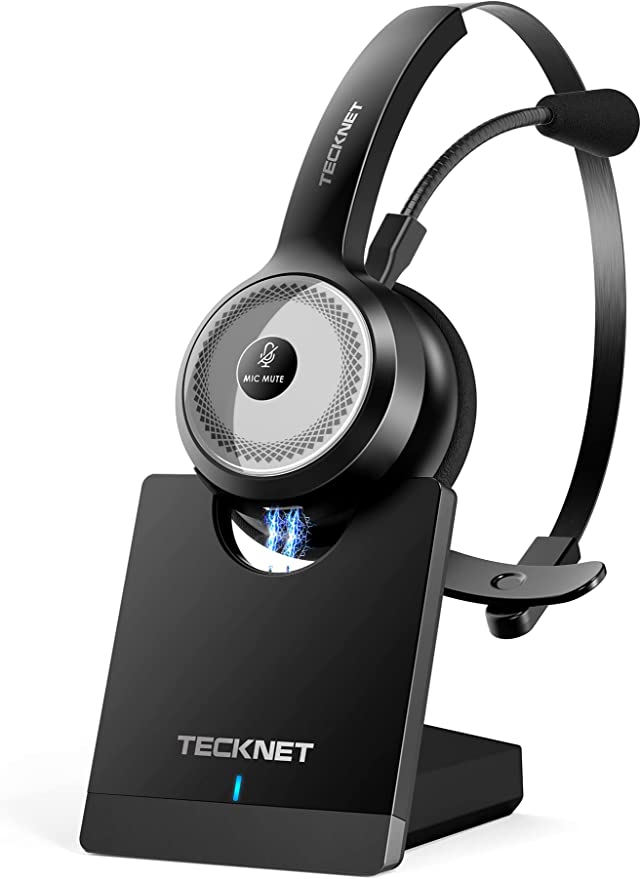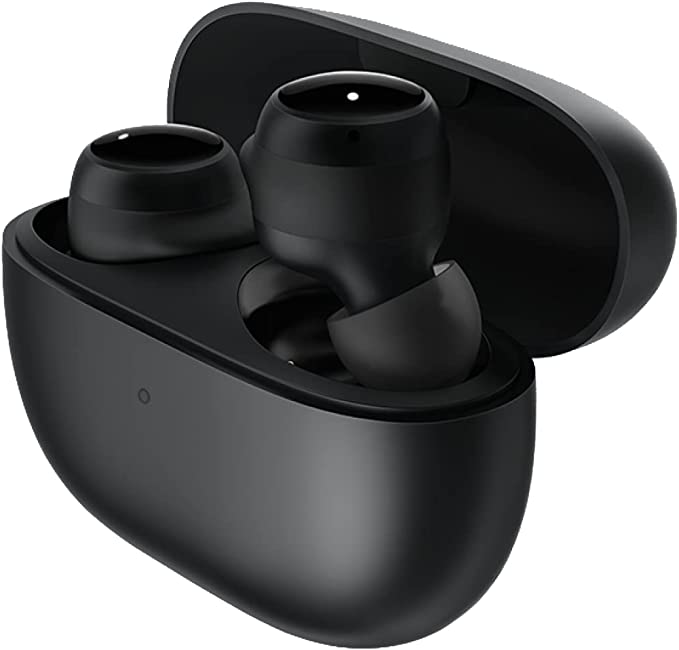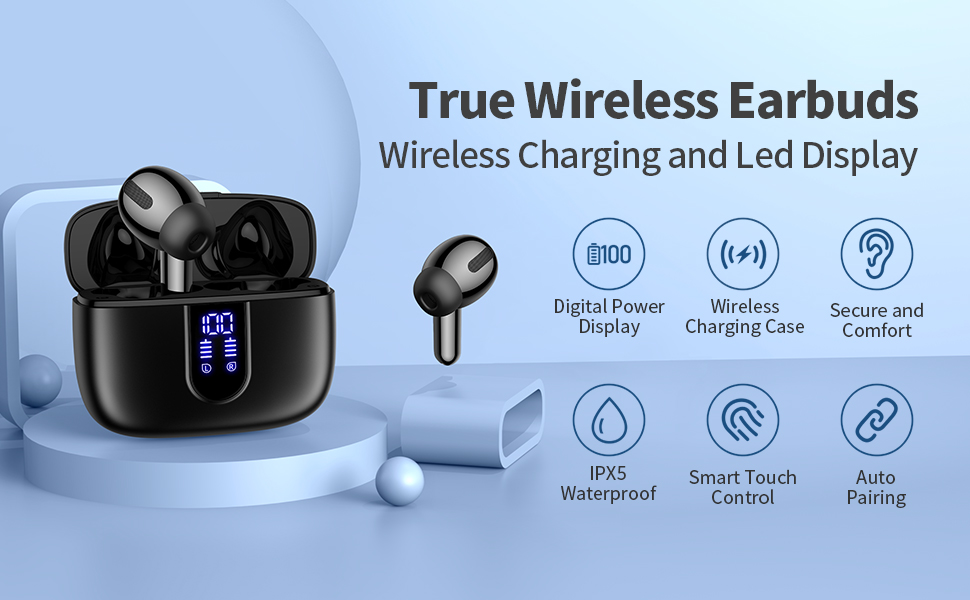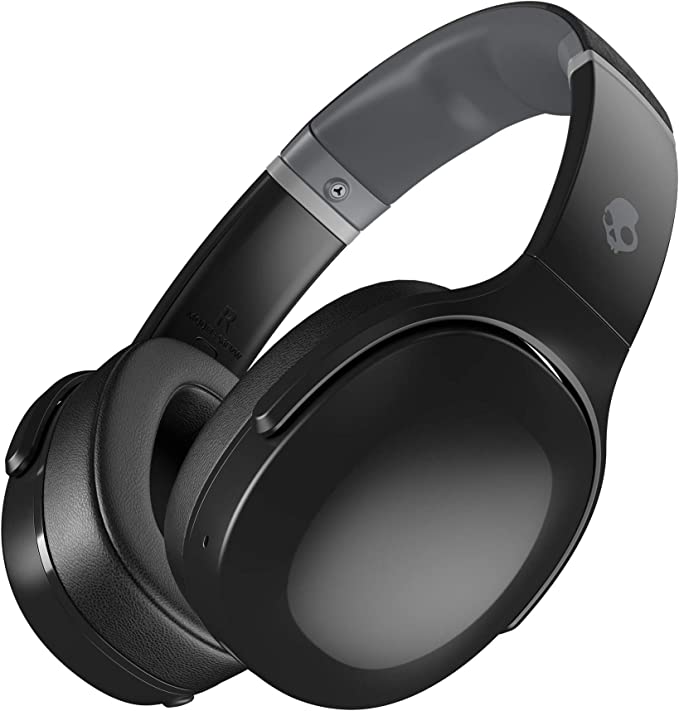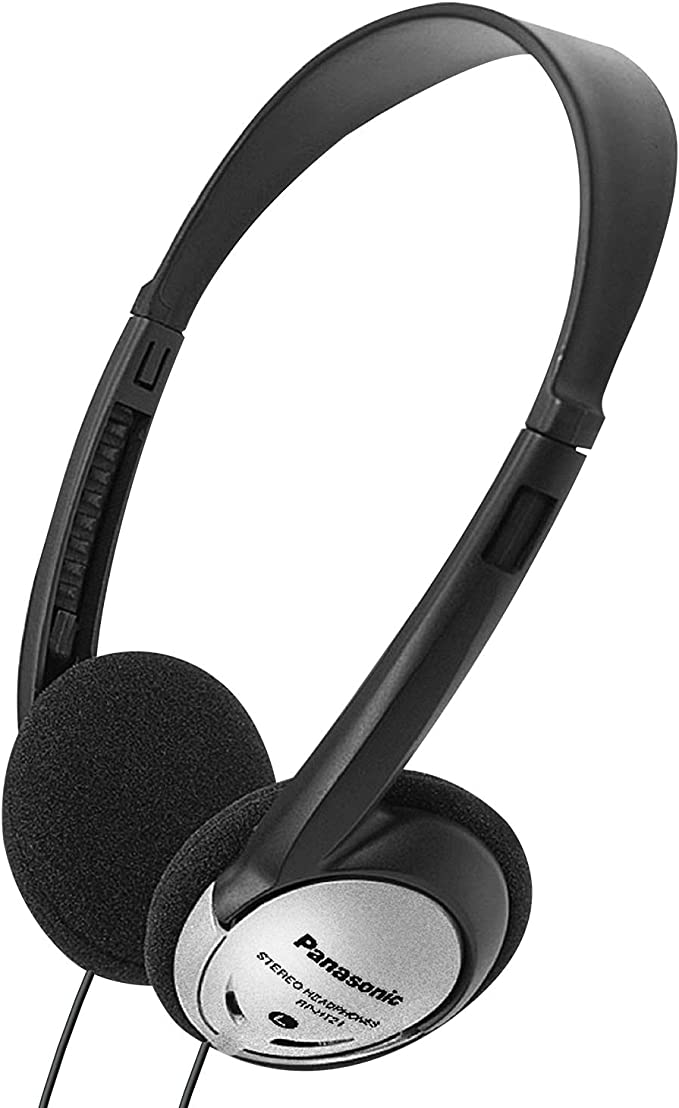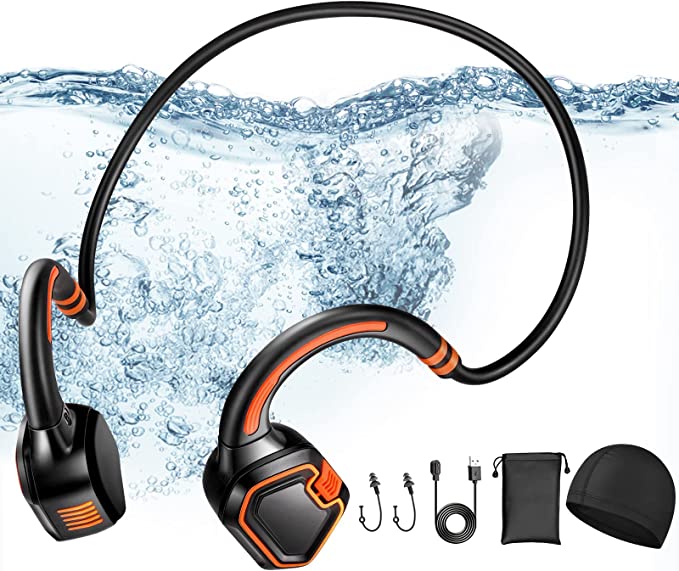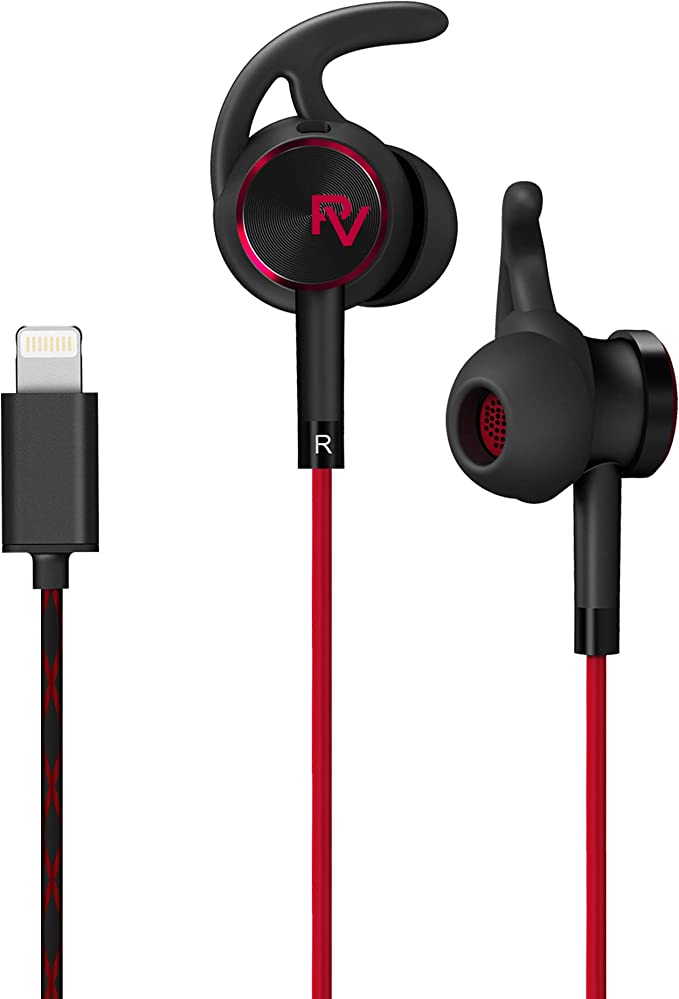Koss CS200 USB Communication Headset: Crystal Clear Audio for Work and Learning
Update on March 21, 2025, 12:51 p.m.
In our increasingly interconnected world, clear communication is paramount. Whether we’re collaborating with colleagues across continents, attending virtual classes, or simply catching up with loved ones, the ability to hear and be heard without distraction is essential. But achieving this clarity isn’t always easy. Background noise, poor audio quality, and uncomfortable headsets can quickly turn a productive conversation into a frustrating ordeal. Our ears, those intricate biological marvels, are constantly bombarded with a cacophony of sounds. The human auditory system, a masterpiece of evolution, allows us to perceive a vast range of frequencies, from the gentle rustling of leaves to the thunderous roar of a jet engine. But in our modern world, this sensitivity can be a double-edged sword.

Echoes of the Past: A Brief History of Sound Reproduction
The quest to enhance our communication has been ongoing, long before the digital age. The very early begin can be traced to devices like ear trumpets in the 17th century.
Fast forward to the 20th century, John C. Koss revolutionized personal listening with his invention of the SP/3 stereophone in 1958. This pivotal moment marked a shift from shared listening experiences to individual sound immersion, setting the stage for the headphones and headsets we rely on today.

Decoding the CS200 USB: Unveiling the Technology
The Koss CS200 USB Communication Headset represents a significant step forward in this ongoing pursuit of clear, comfortable audio. It’s not just a headset; it’s a carefully engineered system designed to optimize both sound input and output. Let’s delve into the core technologies that make this possible:
The Magic of Electret: How the Microphone Works
At the heart of the CS200 USB’s clear voice capture lies its electret condenser microphone. Unlike dynamic microphones, which rely on a moving coil within a magnetic field, electret microphones use a permanently charged material called an electret. This material, typically a fluorocarbon film, holds a static electric charge.
Think of it like a tiny, permanently charged balloon. When sound waves – essentially vibrations in the air – hit the diaphragm of the microphone, the diaphragm vibrates. Because the diaphragm is attached to, or is itself, the electret material, this vibration causes a change in the electric field surrounding the electret. This change in the electric field is then converted into an electrical signal that represents the sound.
The beauty of the electret design lies in its sensitivity and efficiency. Because the diaphragm doesn’t need to move a heavy coil, it can respond to even the faintest sound waves, resulting in a more accurate and detailed sound capture. And, since the electret material itself provides the necessary charge, the microphone requires very little power to operate.

The “noise-cancelling” feature of the CS200 USB’s microphone comes from its directional pickup pattern. It’s designed to be most sensitive to sounds coming from directly in front of it (your voice) while rejecting sounds originating from the sides or rear. This helps to minimize background noise and ensure that your voice is the primary focus.
The D-Profile: More Than Meets the Eye (and Ear)
Take a closer look at the CS200 USB’s earcups. You’ll notice they’re not the typical circular shape. They’re shaped like a “D.” This isn’t just a stylistic choice; it’s a carefully considered design based on the anatomy of the human ear.
The D-Profile design mimics the natural shape of the ear, providing a more snug and comfortable fit. This has several advantages. First, it creates a better seal around the ear, reducing sound leakage. This means that you hear more of the intended audio and less of the surrounding environment. Second, the improved seal also enhances the bass response, providing a richer and more immersive listening experience. Finally, the D-Profile distributes pressure more evenly around the ear, minimizing discomfort during extended use. It’s a prime example of how ergonomic design can significantly improve both comfort and performance.

USB: The Digital Bridge to Clarity
The CS200 USB connects to your computer via a USB-A connector. This might seem like a simple detail, but it’s actually quite significant. Unlike traditional analog audio connections, which rely on fluctuating voltages to represent sound, USB transmits audio digitally, as a series of ones and zeros.
This digital transmission offers several benefits. First, it’s less susceptible to interference and signal degradation. Analog signals can pick up noise from other electronic devices, resulting in a hissing or buzzing sound. Digital signals, on the other hand, are much more robust and resistant to this type of interference. Second, USB provides a consistent and reliable connection. There’s no need to worry about loose connections or static. Finally, USB often simplifies setup. With the CS200 USB, it’s truly plug-and-play – no drivers or complicated software installations are required.

Beyond the Specs: Real-World Applications
The technologies packed into the CS200 USB translate into tangible benefits in a variety of real-world scenarios:
The Virtual Office: Your Voice, Loud and Clear
Imagine you’re working from home, participating in a crucial conference call. Your children are playing in the next room, the neighbor’s dog is barking, and the coffee shop downstairs is bustling with activity. With the CS200 USB’s noise-cancelling microphone, your voice will cut through the chaos, ensuring that your colleagues hear you clearly and professionally.
The Digital Classroom: Learning Without Limits
For students attending online classes, the CS200 USB provides a focused and immersive learning environment. The clear audio allows you to hear your instructor and classmates without distraction, while the comfortable design ensures you can stay focused for hours on end.
Beyond Work and School: Gaming, Podcasting, and More
The CS200 USB isn’t just for work and school. It’s also a great choice for gamers who need to communicate with their teammates, podcasters who need a reliable microphone for recording, and anyone who simply wants a high-quality audio experience for their online interactions.
Koss: A Legacy of Innovation
The CS200 isn’t made in isolation. It came from the heritage of KOSS.
Since 1958, when John C. Koss invented the world’s first SP/3 stereophone, Koss has been synonymous with high-quality audio. The CS200 USB continues this legacy, bringing decades of audio expertise to the world of digital communication.
The Sound of Science: A Deeper Dive
Frequency Response
The frequency response of a headphone or microphone refers to the range of audio frequencies it can reproduce or capture. The CS200 USB boasts a frequency response of 20-22,000 Hz. This range covers the entire spectrum of human hearing, from the deepest bass tones to the highest treble notes. A wider frequency response generally indicates a more accurate and detailed sound reproduction.
CS200 USB vs. The Competition: A Comparative Glance
While the CS200 USB offers a compelling combination of features, it’s important to acknowledge the competition. Compared to some higher-end headsets, the CS200 USB lacks active noise cancellation (ANC), a feature that uses electronic circuitry to actively block out ambient noise. However, ANC headsets typically come with a significantly higher price tag. Compared to similarly priced headsets from brands like Logitech or Jabra, the CS200 USB often stands out for its D-Profile design and emphasis on long-term wearing comfort. It strikes a balance between affordability, performance, and comfort, making it a strong contender in its price range.
The Future of Sound: What’s Next?
The world of audio technology is constantly evolving. We can expect to see continued advancements in noise cancellation, wireless connectivity, and personalized audio experiences. Features like spatial audio, which creates a more immersive three-dimensional soundscape, are also becoming increasingly common. As technology continues to advance, the quest for clear, comfortable, and immersive communication will undoubtedly continue, pushing the boundaries of what’s possible.

